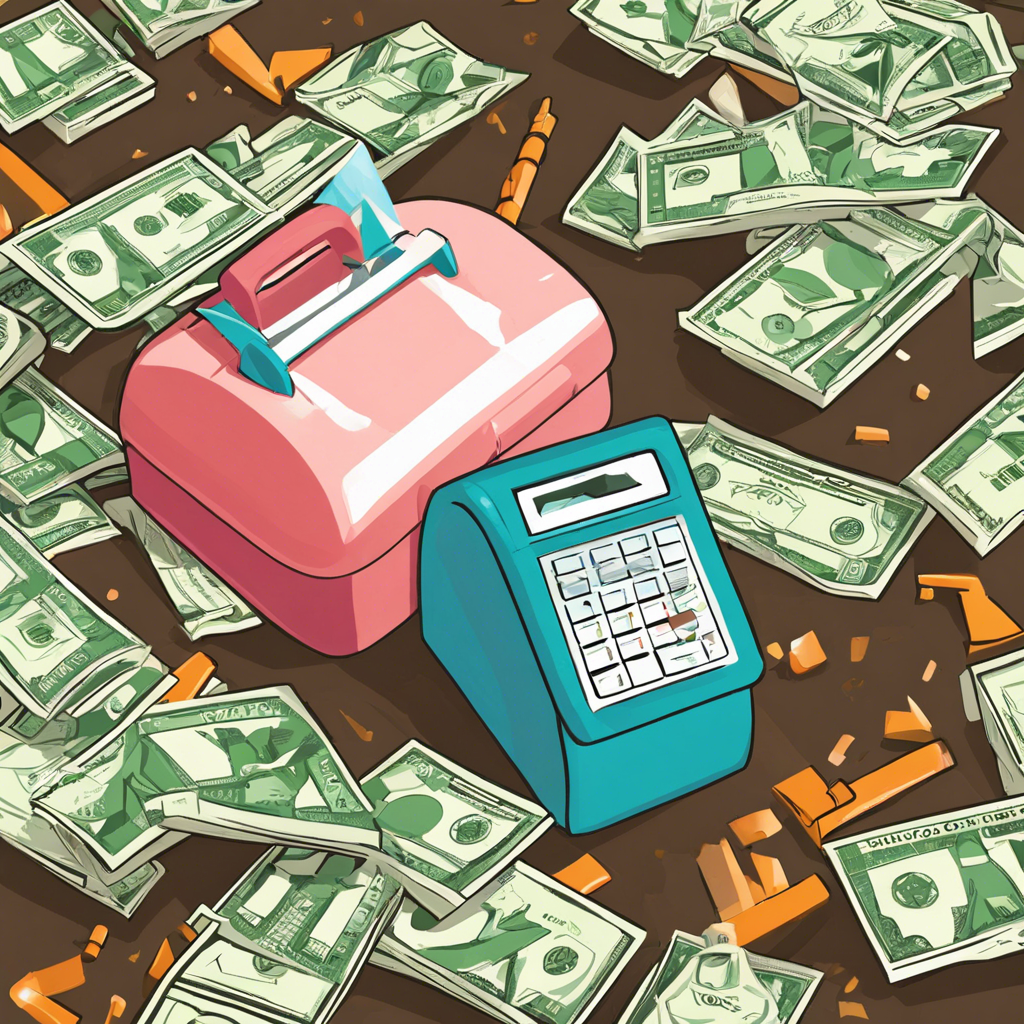Building an emergency fund is a crucial step toward achieving financial security and peace of mind. While it may seem daunting at first, establishing a solid financial cushion can be done with discipline and strategy. Here are some tips to help you get started and ensure you’re prepared for life’s unexpected expenses.
First and foremost, determine a realistic savings goal for your emergency fund. Financial experts typically recommend saving enough to cover at least three to six months’ worth of living expenses. This buffer will protect you from dipping into long-term savings or racking up high-interest debt in the event of a job loss, medical emergency, or unexpected home repair. Assess your monthly expenses carefully and decide on a target amount that makes you feel secure.
Once you’ve set your goal, it’s time to start saving. Examine your budget to identify areas where you can cut back on discretionary spending. Consider reducing non-essential expenses like dining out, subscription services, or entertainment. Redirect that money into your emergency fund instead. You might also look for ways to increase your income, whether through a side hustle, overtime at work, or selling unwanted items. Every dollar contributed to your emergency fund increases your financial resilience.
To accelerate your savings journey, automate the process as much as possible. Set up automatic transfers from your paycheck or monthly income directly into your emergency fund account. Treating your savings like a non-negotiable bill ensures that you prioritize building this crucial financial buffer. Choose a high-yield savings account for your emergency fund to maximize the interest earned over time. This way, your money works harder for you, and you can reach your goal faster.
It’s important to remember that building an emergency fund is a gradual process, and consistency is key. Start with small, manageable contributions if you need to, and gradually increase them as you’re able. The power of compound interest will work in your favor over time. Stay motivated by tracking your progress and celebrating milestones along the way. Before you know it, you’ll have a robust emergency fund that provides security and peace of mind.
Another strategy to boost your emergency fund is to channel any windfalls or unexpected income into your savings. This could include tax refunds, bonuses, or inheritance money. By allocating these larger sums to your emergency fund, you’ll expedite the process and reach your target amount sooner. It takes discipline to allocate this money towards savings rather than discretionary spending, but your future self will thank you for it.
Throughout your savings journey, remind yourself that this fund is specifically for unexpected, urgent expenses. It’s not meant for everyday expenditures or discretionary purchases. When you do need to tap into your emergency fund, be sure to replenish it as soon as possible. This proactive approach to saving will ensure that you’re always prepared for life’s curveballs, both big and small.
Building an emergency fund is a fundamental step in achieving financial security. By setting clear goals, automating your savings, and staying disciplined, you can establish a solid financial cushion to protect yourself and your loved ones. Start today by setting a savings goal and identifying ways to contribute to your emergency fund. Your future self will thank you for taking control of your financial well-being.
